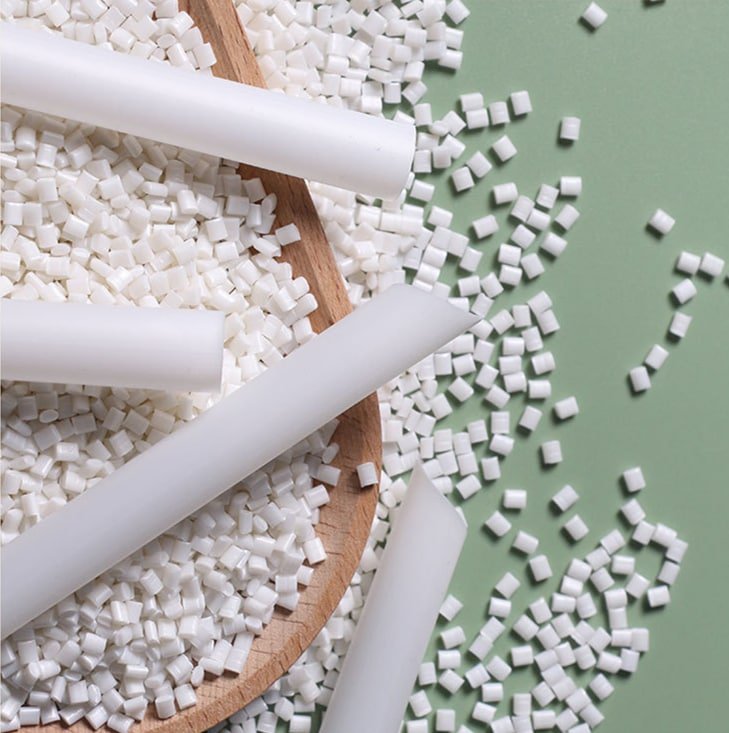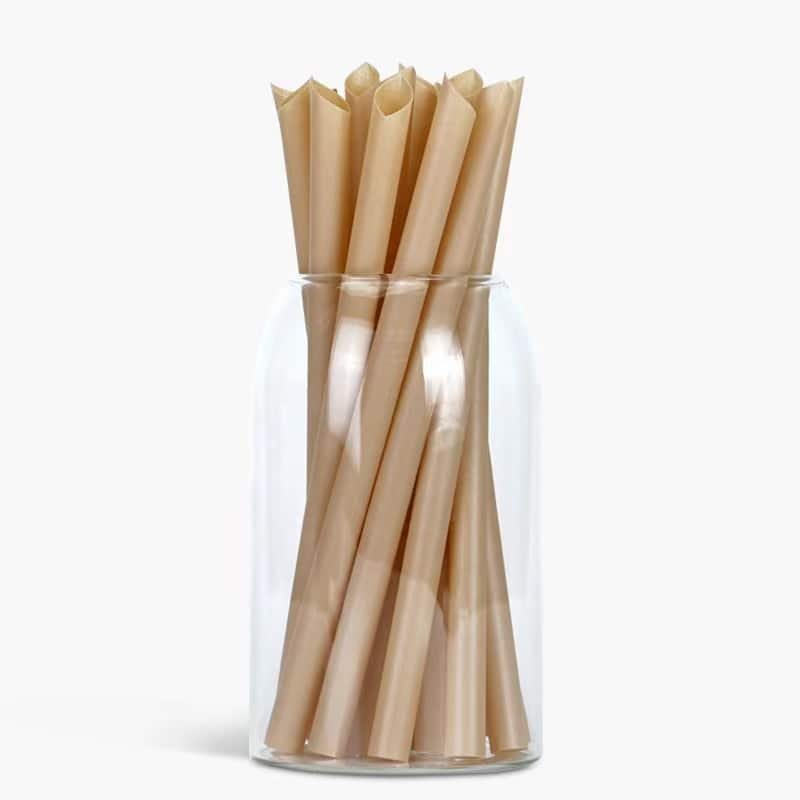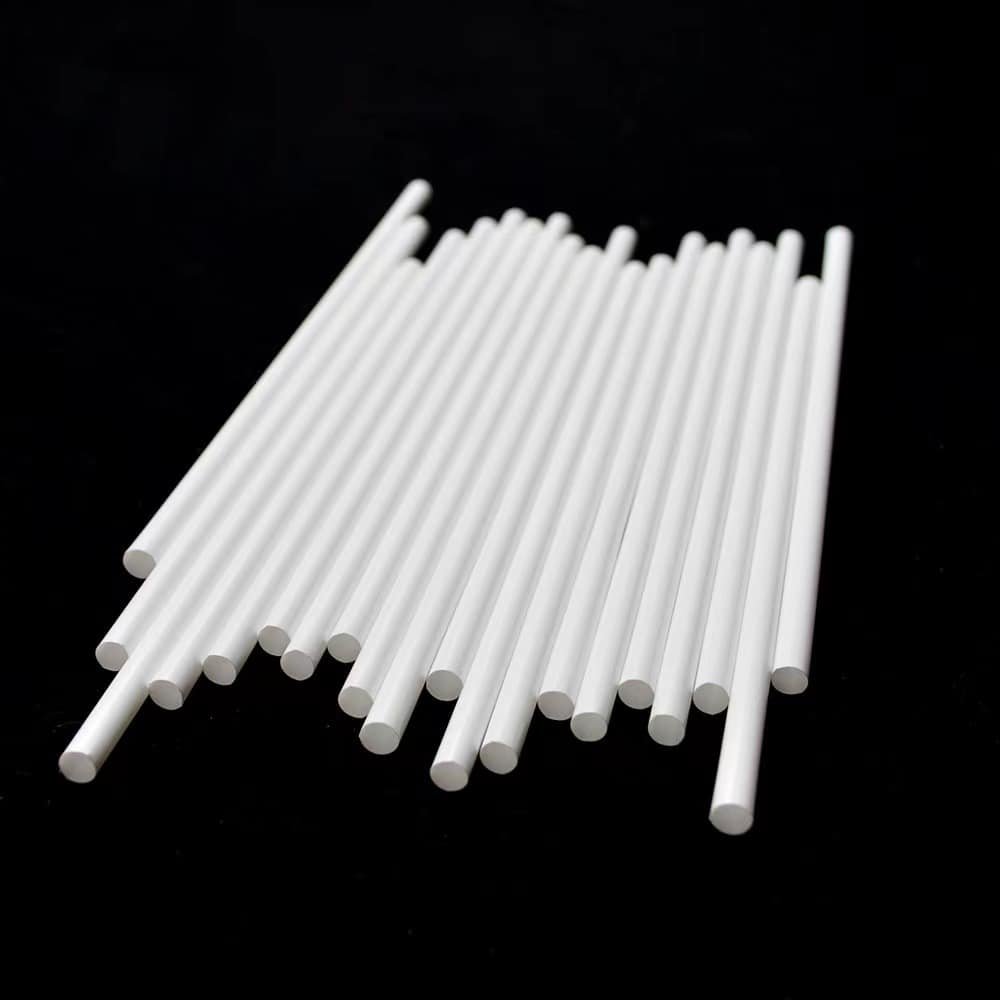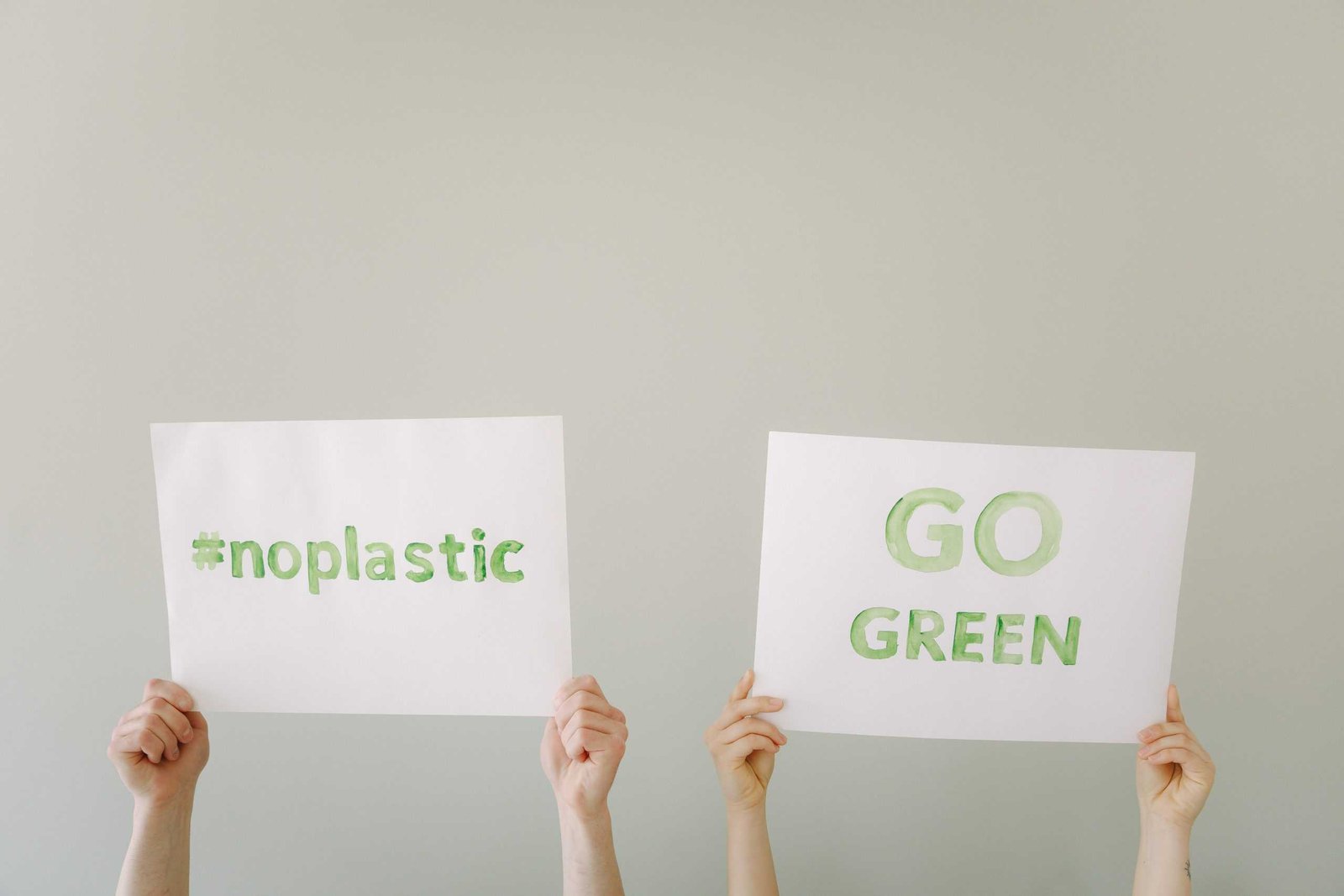In recent years, with the rise of environmental consciousness and the urgent need to mitigate the adverse effects of single-use plastics, I often get asked: “What are the alternatives?” It’s a crucial question, and as a leading producer in bioplastic food packaging, I’m here to shed light on it.
Compostable straws, notably those made from PLA (Polylactic Acid), represent a promising shift toward sustainable consumption. These are typically derived from renewable resources like cornstarch or sugarcane.
Having been in this industry for years, I’ve seen the benefits and potential these materials bring, especially when they help in the significant reduction of our carbon footprint.
So, What Exactly Is PLA?
PLA, or Polylactic Acid, is a biodegradable and bioactive thermoplastic. Made from organic resources, its production results in significantly fewer greenhouse gas emissions compared to traditional plastics, the process reduces carbon emissions by up to 68%.

Why Are PLA Straws Preferred?
They are not just environment-friendly but also consumer-friendly. The feel and usability are very similar to traditional plastic straws, ensuring that the user experience isn’t compromised. What’s more, they are compostable. NBCI states that PLA can degrade in industrial composting facilities in under 12 weeks!

But, Are PLA Straws the Only Option?
No! Another remarkable material we work with is PHA (Polyhydroxyalkanoates). While PLA straws are fantastic, PHA offers wider biodegradability, including marine environments. It’s versatile and has an impressive range of mechanical properties.
For our clients like Matt, a procurement manager from the USA who prioritizes high-quality products, the details matter. Knowing that the straws are both cost-effective and environmentally sustainable aligns with their company values.

What’s Next in the Sustainable Packaging Industry?
The journey doesn’t end with PLA and PHA. As we continually strive for innovations in bioplastic food packaging, we’re exploring new materials, improved manufacturing processes, and even broader applications. We could expect that by 2030 the majority of the food packaging industry will shift towards bioplastics.

Conclusion
It’s evident that the future of straws and other food packaging materials lies in sustainability. As we all move towards a greener planet, understanding our options and their impacts is crucial. At HMZ Technology, we’re not just building products; we’re building a sustainable future. Let’s embrace this change together.
I invite everyone, from wholesalers to fellow CEOs, to join this journey toward sustainable consumption. Because, at the end of the day, it’s our Earth, and its well-being lies in our choices.
